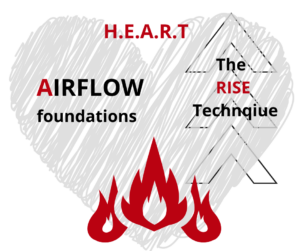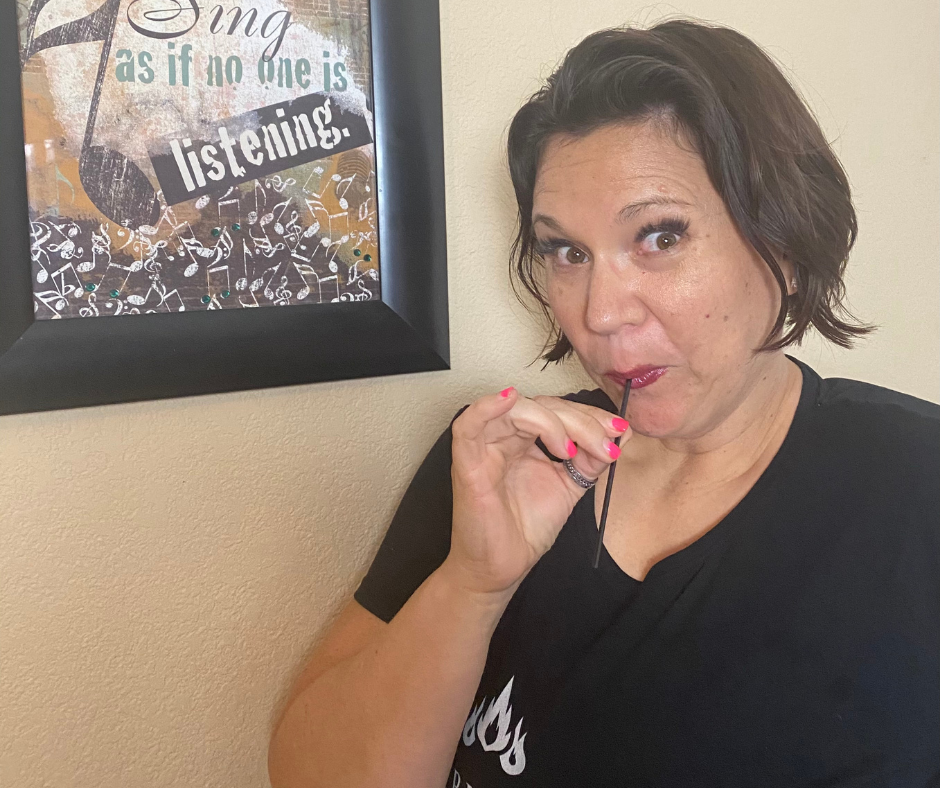AIRFLOW Foundations

??????? ???? ???
- Beginners
- Veterans
- Medical Issues with your lungs/asthma
- Drop off at the end of phrases
can benefit from:
????????? ??????? ??????????? (?????????)
Whether you are a beginner, not knowing where to begin. Or a seasoned veteran of singing. Knowing how to breathe correctly and where to breathe is the key to great singing.
There are 3 parts to Air Flow. The first part is getting a good breath from the diaphragm. Go to a mirror and breathe in through your nose and then out of your mouth.
What moved? Shoulders, Chest, Stomach/Abdomen? Did you see the tension in your body?
It should have been your abdomen/stomach. Not your shoulders or chest. You want to be as relaxed as you can be. For example, a car with a full tank of gas in the tank will get you far. Same goes for your voice. A good breath from the diaphragm is the fuel behind everything you want to produce with your voice.
When you breathe in, the goal is to engage the diaphragm, not the chest. What is all included in singing?
- 36 supporting muscles, the major muscle of respiration is of course the diaphragm
- Your lungs
- Mental focus
The diaphragm is a thin skeletal muscle that sits at the base of your chest. It separates the abdomen from the chest. It contracts, lowers, and flattens when you inhale.
So the diaphragm lowers. The top of our belly pouches out and our lower belly goes in.
This contraction creates a vacuum, which pulls air into the lungs. Most of the time we do it without thinking about it. When you exhale, the diaphragm releases and returns to its dome-like shape. Air is then forced out of the lungs.
The diaphragm is in a constant state of recoil. It’s like a rubber band. Once you stretch that band, it will want to come back to its resting state and that is what your diaphragm wants to do too. Which pushes all the air out.
So when you sing and take that deep breath, it's about how you manage the recoil of the diaphragm. You do not want to let it recoil too fast. In other words… don’t let too much air escape.
Using a small coffee stir straw. Use the straw to slowly breathe in.
What you should be feeling as your air goes is:
- Your ribs expand sideways.
- The downward push of the diaphragm
- The outward push of your solar plexus/midsection. (Like your 9 months pregnant)
When you do this correctly you will get very consistent airflow and support to sing!! Not more in the beginning and less at the end. Same amount throughout.
Veterans... want an advanced technique?
Do the same thing as above but now you will want to add pressure to this.
Take that same straw and now slowly blow out the air into the straw. If you do it too strongly, you will blow out the straw. But if you create that pressure and slowly blow out in the straw. You now can feel what that “pressure” feels like. I call it “containing the air”
In my lessons, I will be training your muscles so that correct breathing becomes natural.All these exercises will help you hone in on the sensation of what you are feeling when you breathe properly. You gotta get to know what your body is doing. Create that "muscle" memory.The good posture, wide ribs, controlling the air coming out. The slow recoil of the diaphragm. That slight downward pressure of containing. Lower belly in and the upper belly out. How does that feel when you do it?Getting to know your body is THE foundational key. So make sure you practice all these little techniques on a daily basis.
Now for my advanced vocalists. If you are struggling to make it to the end of the phrases. Airflow is the answer. Make sure your breaths are quality diaphragm breathing. The second thing is to know exactly where you should be breathing within a song. And where you shouldn't be.
